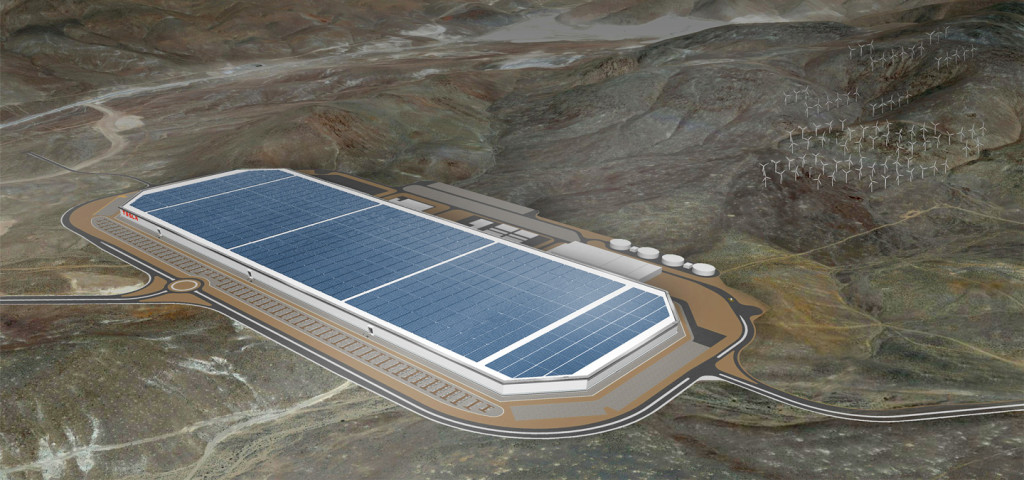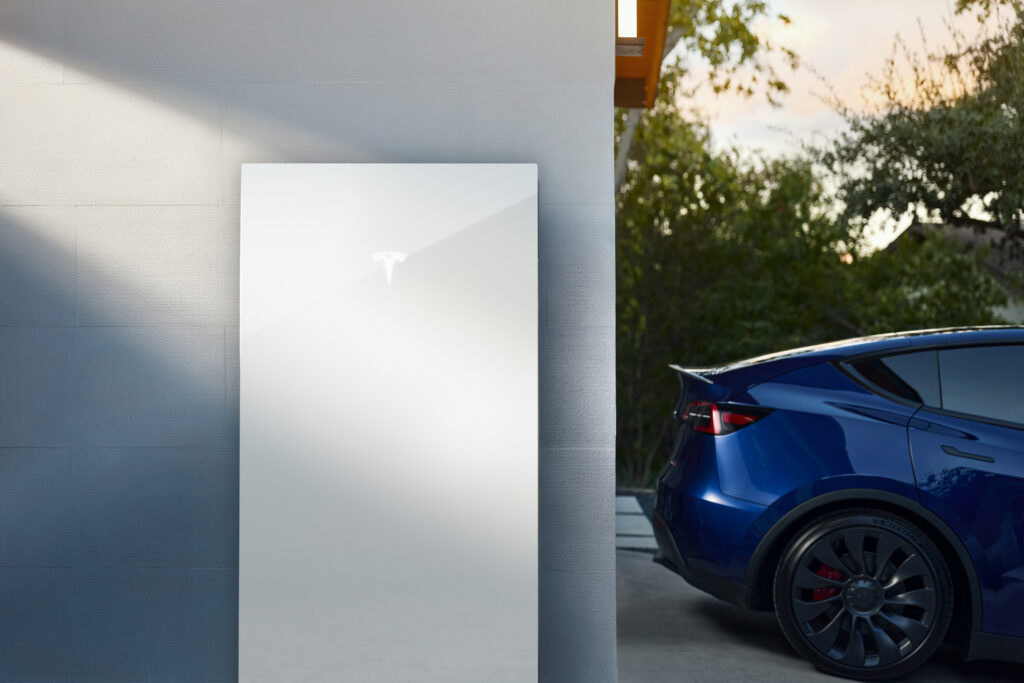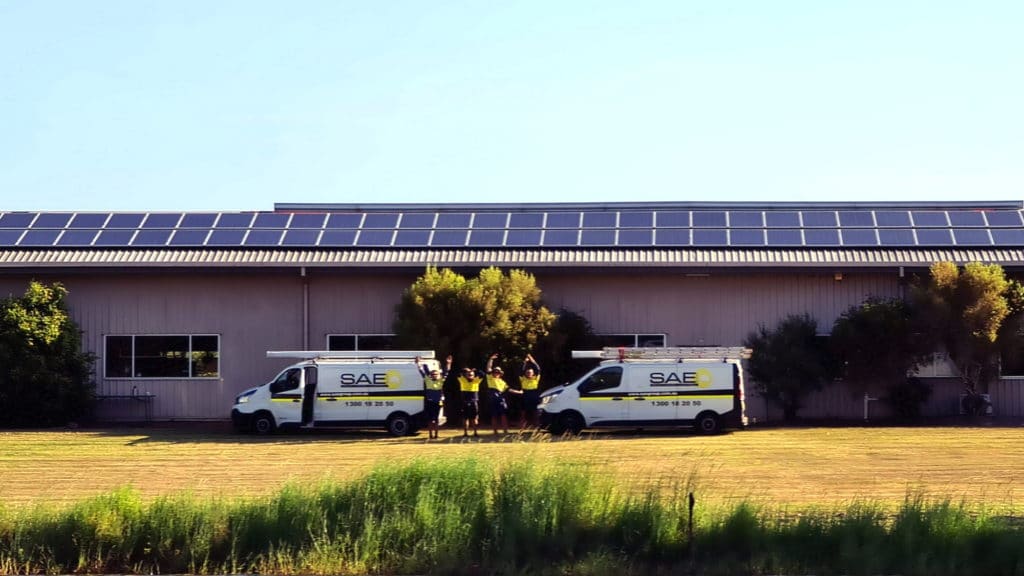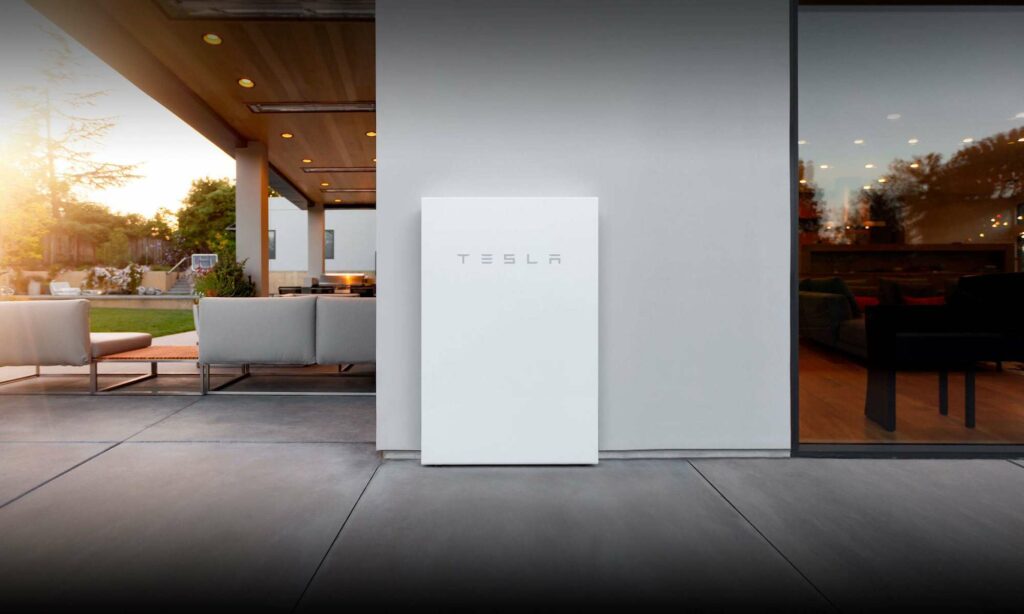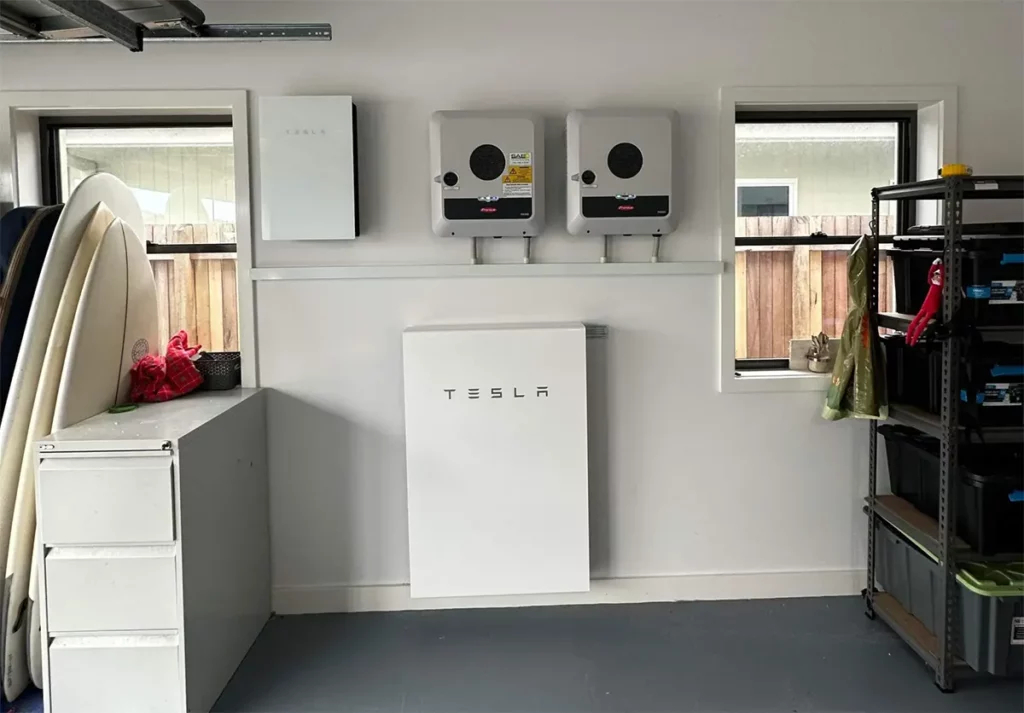Tesla’s Hugh ‘Gigafactory’ Will Be Zero Net Energy Consumer
Home » Tesla’s Hugh ‘Gigafactory’ Will Be Zero Net Energy Consumer
US company Tesla, marker of the much hyped Powerwall home battery, has revealed it’s huge ‘Gigafactory’ currently under construction in Nevada will be a zero net energy consumer.
In other words, it will generate all the energy it needs to run carbon neutral operations, by blanketing it’s rooftops and nearby hilltops in solar panels.
Tesla’s chief technical officer, JB Straubel said “from the get-go” the company wanted to make the factory a beacon of energy efficiency and sustainability.
“The whole roof of the Gigafactory was designed from the beginning with solar in mind. We kept all of the mechanical equipment off the roof. …It’s a very, very clean surface that we can completely cover in solar.
“But that’s not enough solar, though. So we have also gone to the surrounding hillsides that we can’t use for other functions and we’re adding solar to those.”
What is more, the factory will not have even a single gas pipeline running through or towards its premises. This means that the building will not generate a single molecule of CO2, and no one will be given the option to point at the possibility of burning that little bit of natural gas “because it is more efficient”. Last but not least, the Gigafactory will also have a highly efficient heat pumping technology, which turned out to be much better than burning fossils.
Straubel admitted that the challenges have been, and still are many, but the company stands firm with a zero emission factory. The difficulties have been more like learning points, and have resulted in new inventions and discoveries.
The only emissions that the guys are anticipating would come from diesel vehicles that come to the facility, but apparently Tesla’s team is even going to approach this issue.
There it is. So it is possible after all to build something massive, which is also net zero and can function perfectly well. Let’s hope that more building engineers follow the design approach of Tesla, and build factories that do not give the fall-back-to-gas option. Such buildings have so much available rooftop space, why not just cover it with solar panels?

